Hyanglim (향림)
6.3 Km 5194 2021-06-03
127, Hangeulbiseok-ro, Nowon-gu, Seoul
+82-2-976-8800
Hyanglim serves traditional Chinese food using only the freshest seafood, vegetables, and high-grade meat. The cooking of its cuisine is done with true sincerity in order to please the customer's taste buds. The chef also uses all-natural MSG flavoring and small amounts of vegetable oil, making the food less greasy, catering to the tastes of Koreans and foreigners alike. Specialties that guests frequently order are the galbi in spicy sauce, seasoned prawns with vegetables, shark's fin, and crab dishes.
Dally.On (달리온)
6.4 Km 0 2024-02-06
123 Songsan-ro 915beon-gil, Uijeongbu-si, Gyeonggi-do
Dally.On is a bakery-café, offering an array of bread baked by a pastry chef, along with freshly roasted coffee. Patrons can enjoy their refreshments on an outdoor terrace, which boasts a view of the surrounding nature. The drink menu includes a selection of americano, caffè latte, cappuccino, ssuk latte (mugwort latte), and heugimja latte (black sesame latte). For desserts, the café serves maneulppang (garlic bread), sogeumppang (salted butter rolls), and pain d'or.
Damdaheon / 담다헌 체험교육관
6.4 Km 54851 2023-10-26
98, Songsan-ro 939beon-gil, Uijeongbu-si, Gyeonggi-do
Damdaheon is an experience center dedicated to the art of making rice cakes, situated in Geomundol (black stone) Village in Sangok-dong, Uijeongbu. It was opened on October 23, 2009, under Park Gyeong-ae, recognized as a master artisan by Gyeonggi-do. The center offers experience programs like rice cake-making, sweet red bean jelly-making, fermented soybean and sauce-making, kimchi-making, and bean curd-making, as well as weekend farms (offered on a yearly basis). It strives to promote the traditional healthy foods of Korea through hands-on experiences to children and young people, who tend to gravitate toward instant and Western food, and to encourage them to make their own rice cakes at home with Damdaheon’s easy rice cake recipes.
Odeng Sikdang (오뎅식당)
6.4 Km 21190 2023-11-07
7, Hoguk-ro 1309beon-gil, Uijeongbu-si, Gyeonggi-do
+82-31-842-0423
Unlike its name, meaning “fishcake restaurant,” Odeng Sikdang specializes in sausage jjigae. Its history can be traced back to the ‘60s, when the first-generation owner opened the restaurant. Now in the third generation, the restaurant remains in its old spot. The restaurant, in fact, began as a food stall selling fishcakes. Its sausage jjigae began as a stir-fried dish featuring ingredients obtained from the nearby US Army base (ham, sausage, bacon, etc.), which over time turned into a jjigae to be eaten with rice. Odeng Sikdang’s sausage jjigae is an exercise in harmony, where processed meat products are used in tandem with Korean-style broth, rice cakes, and noodles to create a flavorful stew. Because of its fame, it is often quite crowded, but prompt service and rapid turnover mean that one usually does not have to spend hours in a queue outside peak hours (weekday lunch and dinner, weekends). Note that the restaurant has an annex, where groups of 5 or more are directed towards.
Uijeongbu Budaejjigae Street (의정부 부대찌개거리)
6.5 Km 27328 2023-10-27
7, Hoguk-ro 1309beon-gil, Uijeongbu-si, Gyeonggi-do
The word “budaejjigae” has two parts: “budae”, or military unit, and “jjigae,” a dish made by boiling ingredients and stock in a pot. It originates from the post-Korean War period, where processed meat from US Army bases was made into a jjigae with vegetables, glass noodles, ramyeon, and the like. While the exact origin of the dish is difficult to establish, a strong tradition of sausage jjigae was established in Uijeongbu, thanks to its proximity to US Army bases. These geographical characteristics created today’s Uijeongbu Budaejjigae Street. Starting with Odeng Sikdang, the origin of the street, restaurants specializing in sausage jjigae entered the area, creating a specialized street and a landmark of Uijeongbu.
Seoul Hwagyesa Temple (화계사(서울))
6.5 Km 30453 2021-11-02
117, Hwagyesa-gil, Gangbuk-gu, Seoul
+82-2-902-2663
Hwagyesa Temple was built in 1522 (the seventeenth year of the reign of King Jungjong of the Joseon dynasty) by monk Shinwol, but was destroyed in a fire in 1618. It was rebuilt the following year, and expanded In 1866 through the efforts of Monks Yongseon and Beomun.
The temple also has various templestay programs for visitors. Hwagyesa Temple is located not too far from the city but also provides a natural environment.
Olive Young - Mia Station Branch [Tax Refund Shop] (올리브영 미아역)
6.9 Km 0 2024-04-18
188, Dobong-ro, Gangbuk-gu, Seoul
-
Lotte Himart - Samyang Lotte Mart Branch [Tax Refund Shop] (롯데하이마트 삼양롯데마트점)
7.0 Km 0 2024-04-22
247, Samyang-ro, Gangbuk-gu, Seoul
-
Lotte Mart - Samyang Branch [Tax Refund Shop] (롯데마트 삼양점)
7.0 Km 0 2024-04-22
247, Samyang-ro, Gangbuk-gu, Seoul
-
Bukhansanseong Fortress (북한산성)
7.1 Km 37480 2020-03-26
375, Daeseomun-gil, Deogyang-gu, Goyang-si, Gyeonggi-do
+82-31-968-5325
First built in 132 during the Baekje era (18 BC-AD 660) under King Gaeru's reign, Bukhansanseong Fortress was the northernmost fortress that protected Baekje from Goguryeo's forces. In the year 475, the fortress fell in the hands of Gogyuryeo after a fierce battle. As a result, King Gaeru was killed and Baekje's princess fled to Ungjinseong Fortress. Despite the fortress' collapse and reconstructions, Bukhansanseong Fortress continued to play an important role in protecting the capital city throughout Korea's history of war.
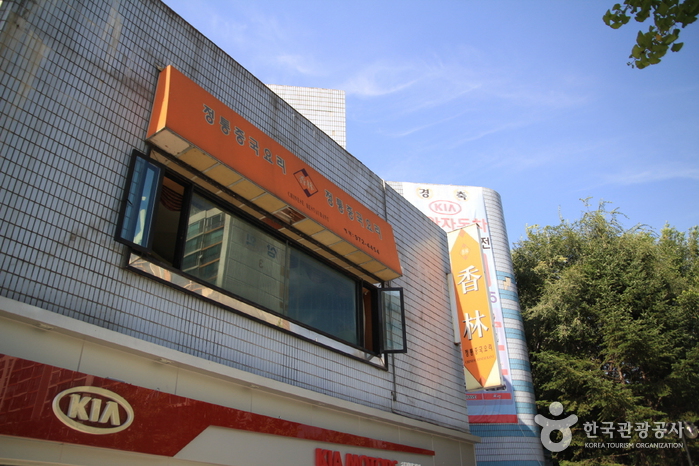
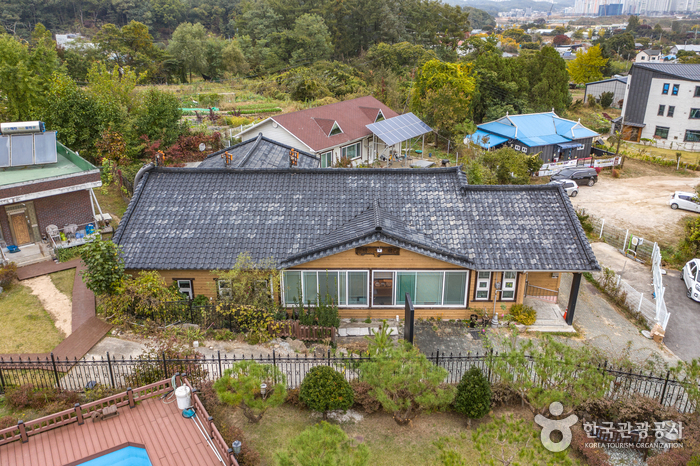
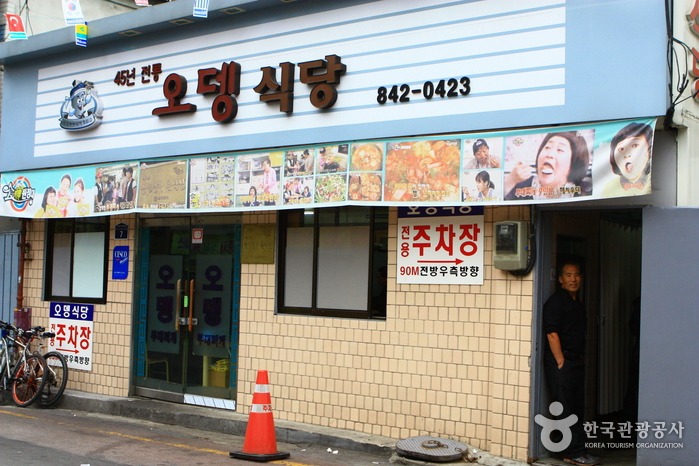
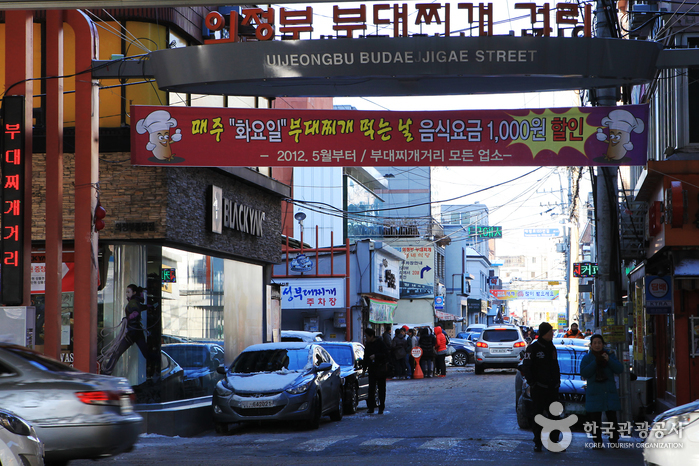
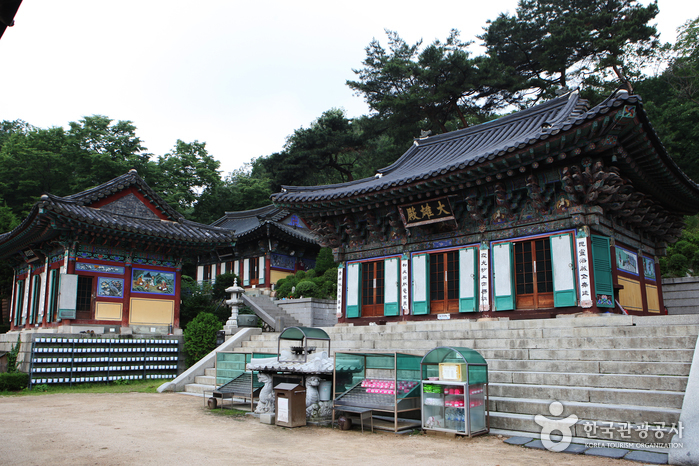
![Olive Young - Mia Station Branch [Tax Refund Shop] (올리브영 미아역)](http://tong.visitkorea.or.kr/cms/resource/20/2889020_image2_1.jpg)
![Lotte Himart - Samyang Lotte Mart Branch [Tax Refund Shop] (롯데하이마트 삼양롯데마트점)](http://tong.visitkorea.or.kr/cms/resource/08/2890308_image2_1.jpg)
![Lotte Mart - Samyang Branch [Tax Refund Shop] (롯데마트 삼양점)](http://tong.visitkorea.or.kr/cms/resource/54/2887854_image2_1.jpg)

 English
English
 한국어
한국어 日本語
日本語 中文(简体)
中文(简体) Deutsch
Deutsch Français
Français Español
Español Русский
Русский